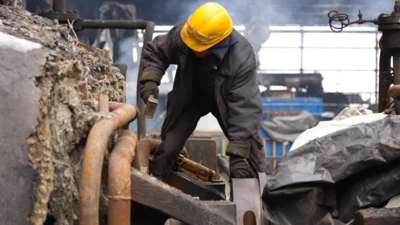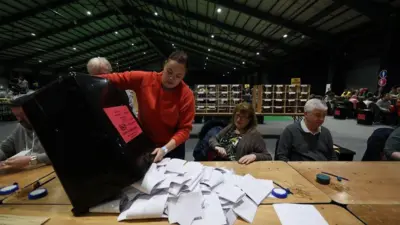We've updated our Privacy and Cookies Policy
We've made some important changes to our Privacy and Cookies Policy and we want you to know what this means for you and your data.
Ofcom reveals state of UK telecoms
British households download about 17 gigabytes of data on average every month over their home broadband connections, suggests a report.
Regulator Ofcom's study takes a high level look at the state of the UK's digital communications.
The monthly data diet is equivalent to streaming 11 movies or 12 hours of ґуПуґ«ГЅ programmes via iPlayer.
The report reveals which regions are rich in broadband, mobile and digital radio coverage and which lag behind.
, Ofcom has which grade each county or conurbation on how well they support different technologies.
The technologies are fixed broadband, local TV, mobile base stations, digital TV, mobile coverage and digital radio.
Variation
The report divides the UK in 200 areas which are graded on a scale of 1-5 on how well particular technologies fare in that location.
For instance, on fixed broadband speeds only a few areas are ranked as 1 for their high take-up of broadband, higher than average wire speed, and availability of superfast broadband.
Good grades for many of the technologies centre on Birmingham with the broad patch of decent coverage or usage stretching north to Lancashire and south to West Sussex.
Hilly, sparsely populated areas such as mid-Wales and the Scottish highlands rank low for their support of different technologies.
Even within those regions that are relatively well-served by communications technologies not everyone gets as much choice as they should, said the report.
It estimates that about 900,000 premises cannot get 2G signals from all the UK's operators and 7.7 million UK places do not have 3G signals from the five operators that offer it.
The data collected will be used to work out how to spend ВЈ150m of government money to tackle mobile not-spots.
The Digital Economy Act requires Ofcom to carry out such studies once every three years.
The regulator says the data collected for this first report would be used as a benchmark by which future surveys would be measured.
Top Stories
More to explore
Most read
Content is not available








